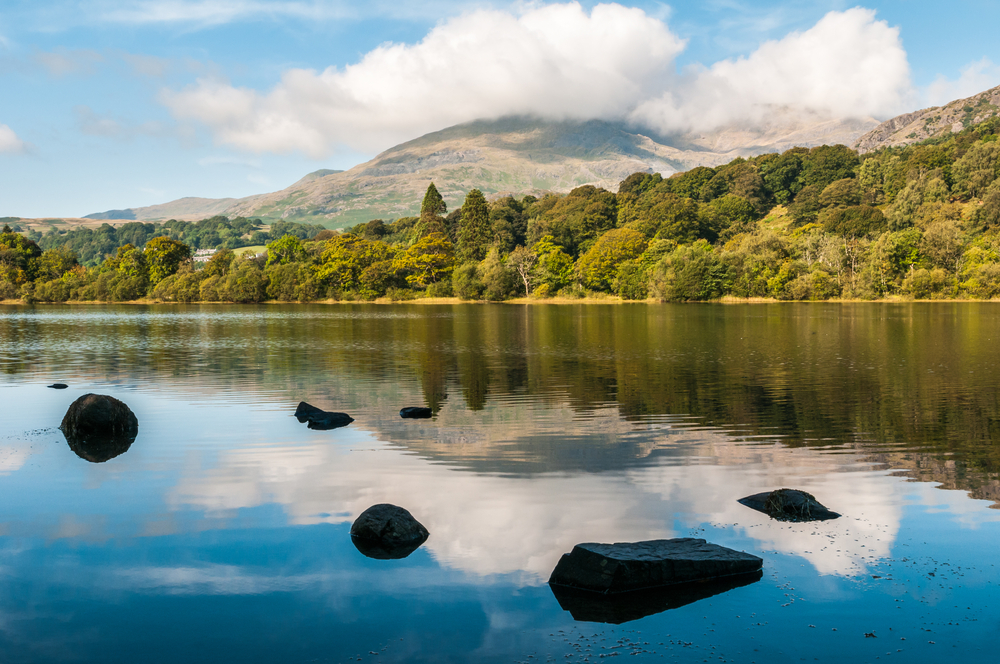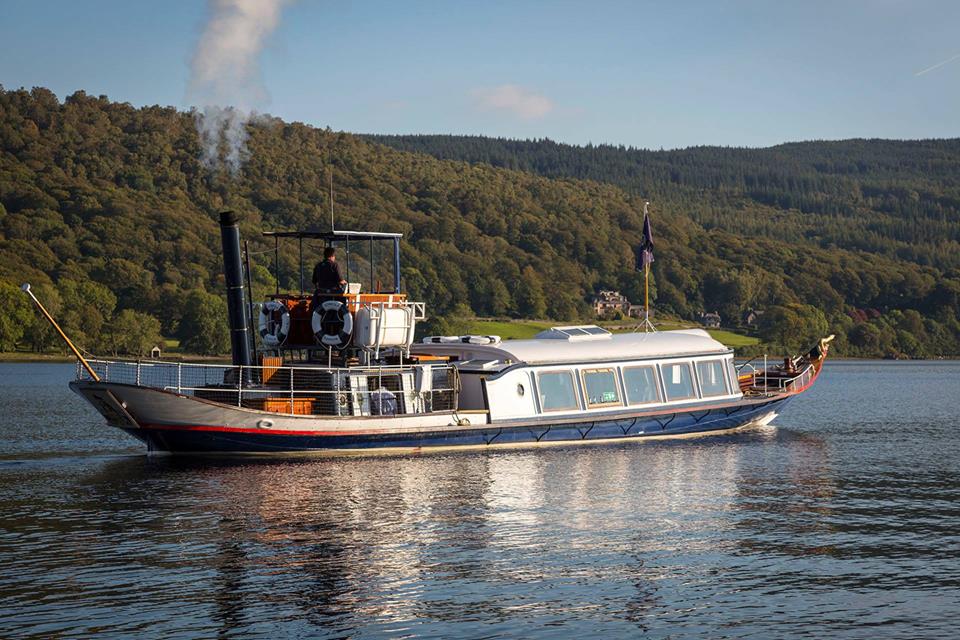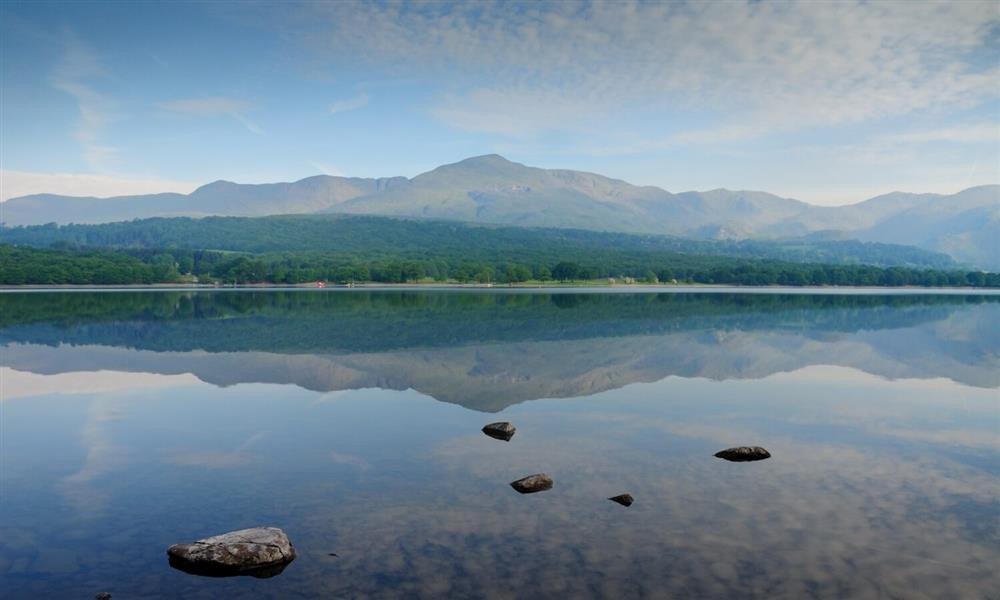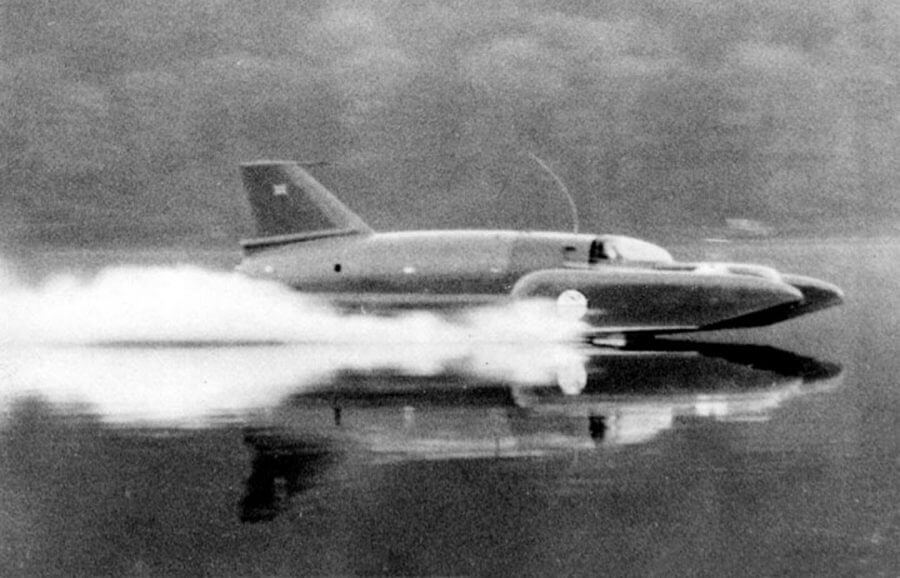Lakelovers Discount Codes – Latest June 2025 Offers!
Discover all of the latest Lakelovers discount codes, voucher codes and offers for 2025 right here! Idyllically positioned in...

Visit Coniston and experience a 19th century ‘Venice of the Lake District’. Indeed today, a Venetian-style Gondola cruises daily on Coniston Water, just as she would have done when she first arrived on Coniston in 1859, welcoming a new wave of wealthy Victorian tourists to this little-known part of the south Lake District.
The beautiful Steam Yacht Gondola, exclusively carrying passengers in her 1st class salon with its plush carpets and walnut trim, is a floating reminder of the rich cultural history of Coniston Water, and is where our story of the third largest body of water in the Lake District begins. Of course, we’d highly recommend a visit to Coniston to enjoy a ride on the gondola to experience this history first-hand.

Steam entered Coniston in 1859 courtesy of Furness Railway in the form of Coniston branch-line and a rather unusual Steam Yacht Gondola. Whilst the branch-line was built to carry slate and copper ore, its potential for tourism was always on the agenda, and it soon became a passenger-line bringing tourists directly into Coniston. The Steam Yacht Gondola, inspired after the owner of Furness Railway holidayed in Venice, was so successful that a second, larger steam boat called Lady of the Lake, was launched on Coniston in 1907.
There was huge appetite for this new and Avant guard wave of tourism. Indeed, in 1939 tourists were brought in on a direct train from Blackpool to Coniston. The railway closed in the 1960s, and Coniston Station’s footbridge can be seen at Ravenglass and Eskdale Railway, which is a superb Lake District attraction where guests experience a heritage steam train on a 7-mile scenic route.
Well before the likes of leisure cruises and day trippers, however, Coniston was known for its farming and mineral wealth up in the Furness Fells, which takes us back to an early chapter in Coniston’s history.

We’d like to introduce you to the area’s most famous and oldest resident – the Old Man of Coniston. Part of the Borrowdale Volcanic (rock) Group, laid down 460 million years ago, it is a 803m high fell towering over Coniston Water, famous for the native Herdwick sheep, and where you will find the scattered remains of a once wealthy mining industry. Dow Crag, on the Old Man, lays claim to the original home of rope-free rock climbing too.
The Old Man, as the fell is fondly known, sits on a huge estate once owned by one of the richest Cistercian monasteries in England, Furness Abbey. This included almost all of the land between Coniston and Windermere, where large areas of the valley were deer parks and had private landlords up until the 17th century. Before the arrival of steam, there was a thriving cottage industry of iron smelting using local charcoal and copper mining. In the 16th century Elizabeth I is credited with exploiting the natural deposits at Coniston, and into the 18th century, during the Industrial Revolution, Coniston Copper Mines became one of the first large scale mines to be dug in the UK. You can enjoy a safe virtual tour at the Ruskin Museum, Coniston.

It is the mid 1870’s and laid on his back in his little sailing boat, looking up at the clouds floating above as he bobs on Coniston Water is another important character in Coniston’s history – John Ruskin. Ruskin was a professor at the University of Oxford’s School of Art and one of the most prominent voices on art and social commentary of the era.
As 5-year-old, John Ruskin commented, upon his first visit to the Lake District in 1824; “the first thing I remember as an event in life was being taken by my nurse to the brow of Friar’s Crag on Derwentwater”. Take in the very same view that fixed the Lake District firmly in John Ruskin’s heart and mind for yourself from the John Ruskin memorial at Friar’s Crag.
In his adulthood, Ruskin became one Coniston’s most famous residents, spending the final 29 years of his life at his home on the eastern shore of Coniston, Brantwood House.
A special stop off on the Coniston Steam Yacht Gondola cruise must be made to Brantwood Jetty and is a must when exploring the history of Coniston. Here you can immerse yourself in the life of one of Coniston’s most famous residents. The Steam Yacht Gondola Parkmoor to Brantwood trail is also a popular 6-mile walk, taking in Brantwood House and Gardens.

Far from seeing the commercial value of the picturesque scenery from his ‘observation window’ at Brantwood House on the eastern shore, Ruskin was part of a prominent group of 19th century English artists and poets, including Byron and Wordsworth, who were pioneering the notion of preservation and conversation. In fact, founders of the National Trust, Hardwicke Rawnsley and Octavia Hill, were firm friends of Ruskin’s and shared the cause of conservation.
In his book ‘Stones of Venice’, Ruskin compares the Lake District to Venice in also being an area of beauty under threat by tourism. In fact, from his 250 acre Brantwood estate, the view looking over Coniston would will have been quite different from the tranquil and un-spoilt scene enjoyed today, with puffs of black smoke from the train, gondola and mine. ‘Storm-clouds on the horizon’ or ‘the plague-wind’ as Ruskin described it in 1871 – noted as early commentary on climate change.
To delve further into the campaigns, work and personal life of John Ruskin also visit St Andrews Church and the Ruskin Museum in Coniston and the Armitt Library in Ambleside. ‘The Story of Coniston’ as told by the Ruskin Museum is an award-winning ‘cabinet of curiosities’ – a unique collection of artefacts and work belonging to John Ruskin. Established initially in 1901, as a memorial to Ruskin’s work following his death in 1900 by W.G. Collinwood, former secretary, biographer and previous student of Ruskin.
In 1875 Collinwood joined Ruskin as a permanent resident in Coniston also from the University College, Oxford, and he had a keen interest in boating. In fact, his boat was named Swallow. It is here that we introduce another famous resident to Coniston – Arthur Ransome, author of children’s adventure book series Swallows and Amazons. The journalist turned author moved to the Lake District in 1925.
Just as Ruskin had fond childhood memories of the Lake District, so too did Ransome. As a baby, in 1884, he had his first taste of the Lake District, being carried up the Old Man of Coniston. Into childhood he regularly holidayed on the shore on Coniston and became friends with the Collinwood family, learning to sail ‘Swallow’. This relationship remained close into adulthood, and Ransome went on to teach Collinwood’s grandchildren how to sail in Swallow II. In the 1930’s the first Swallow and Amazons book was published to much acclaim, with the four main characters named after the Collinwood grandchildren and their adventures and mishaps in and around Coniston and Windermere well documented.
This returns us to where our story began, with our gondola. After being retired of her tourism day job SY Gondola became a houseboat, which lived on as ‘Captain Flint’s’ houseboat in Swallows and Amazons, as captured by Ransome. Kick start your immersion into the adventurous tale by joining the Swallows and Amazons Coniston Launch cruise.
Although John Ruskin, said to be an early climate change commentator, was not a supporter of engineering, today’s green-powered SY Gondola takes us back nicely to part of Ruskin’s legacy – the National trust, who restored the SY Gondola in the 1980s after she gave up life as a houseboat and laid for 10 years, partially preserved, at the bottom of Coniston Water.

There is one final name that we have not yet introduced in our journey through Coniston’s history and that is of Donald Campbell CBE and his envied Bluebird K7 hydroplane. The otherworldly speed boat, powered by jet engine, was a feat of British engineering that was admired across the world. Donald Campbell and his Mr Whoppitt mascot were quiet the sporting heroes of the 50s and 60s too. They toured the world, setting non-other than seven world water speed records. Campbell’s father, Malcom Campbell, a land speed record holder, died aged 65 of natural causes, despite many crashes. However, on a still winter day in 1967, Donald Campbell set out from Pier Cottage on the ribbon lake of Coniston Water to reach a water speed of 300mph. After turning from completing a successful first run, Bluebird K7 flipped, and both pilot and boat didn’t survive.
Visitors can pay respects at Donald Campbell’s memorial grave in Coniston cemetery, only 200m from the parish cemetery where John Ruskin was laid to rest. The Campbell’s on Coniston cruise by Coniston Launch is an immersive tribute to the Campbell’s contribution to the promotion Great Britain in world speed record sports. The story of Bluebird K7 is also told in a dedicated Campbell gallery in the Ruskin Museum. After lying for more than 50 years on the bed of Coniston Water, in 2018 Bluebird K7 was risen, rebuilt and took to the water successfully again. Watching her in action here is a fitting end to our journey through the history of Coniston, Bluebird: The Afterlife.